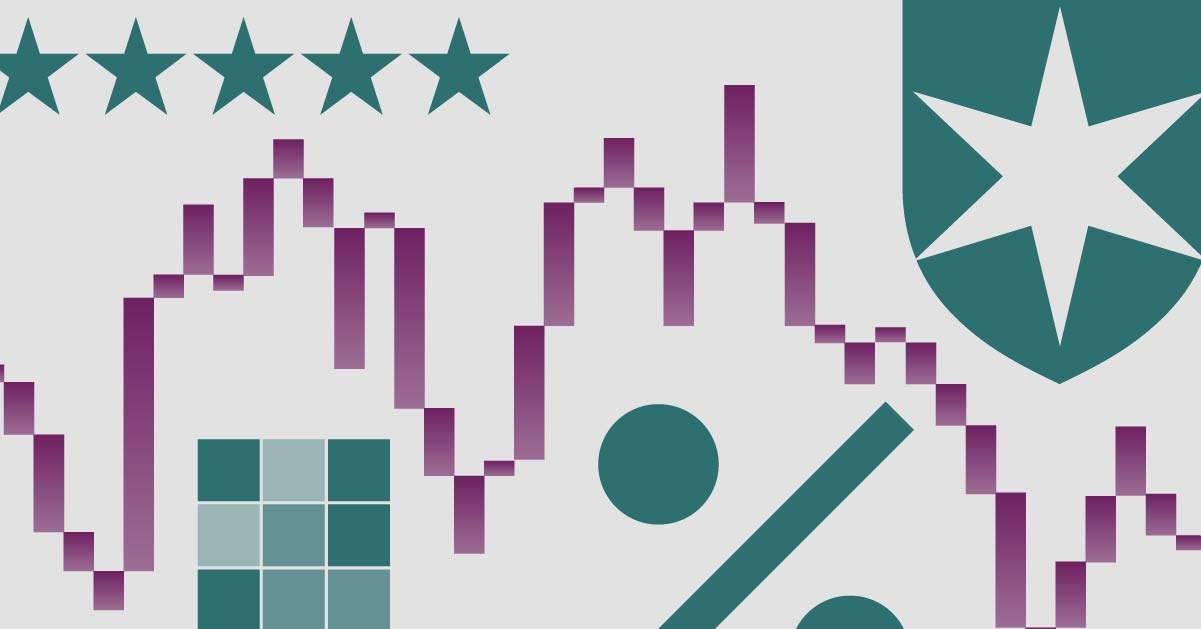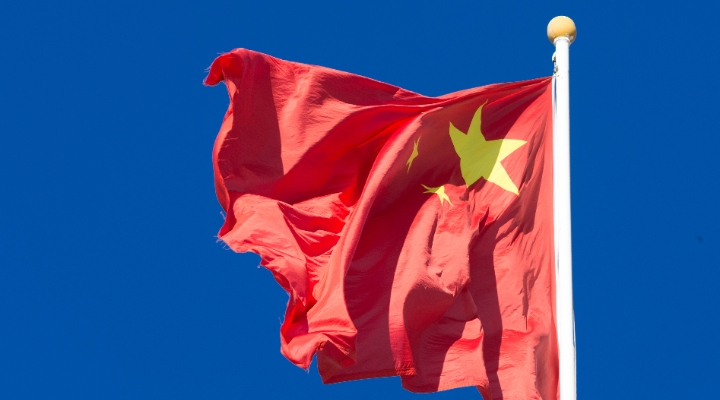Kate Lin: Welcome to Morningstar. Recently, due to cash flow problems, China property developer Country Garden had its bond trading suspended. With this, it sets off a new round of panic in the market. With this turmoil in the bond space, we are asking our senior analyst for manager research, Arvind Subramanian, what high-yield bond managers in the region have done to their portfolios.
Hi, Arvind. Following Evergrande, nearly half of Chinese property dollar bonds have defaulted, the latest being Country Garden, where default is likely. How are bond managers reacting and what is the sentiment on the Chinese property sector as a whole?
Arvind Subramanian: Hi, Kate. Thanks for your question. Even prior to the Country Garden challenges, the Chinese property sector has been facing a challenged outlook. This has been owing to macroeconomic headwinds, declining property sales, and issuer-specific credit events. In fact, even prior to Country Garden's issues, another property giant, Dalian Wanda, struggled to meet its interest payments in a timely manner, highlighting further challenges for the sector.
Coupled with the recent news around Country Garden, the view for the sector has remained challenging, and most asset managers are cautious about this space. Having said that, it's worth mentioning that the Chinese property sector is today not as prominent as it was in the past within the index, which also means that today the index is more broad-based and diversified.
Lin: So, in your latest report, you saw a lower supply of Asian high-yield bonds in the past year. Is the default fallout a reason, and what other factors are driving this?
Subramanian: That's right, Kate. Just to provide some context, according to the asset managers that we spoke to, in the current first half of 2023, the primary supply of Asian high-yield dollar bonds has just been US$3.5 billion. This is less than 50% of what was raised during a similar period last year and is only accounting for 5% of Asian dollar bonds issued this year. In fact, the primary supply this year is tracking multi-year lows.
The reasons for these are several. One is the changing issuer preferences, where they're preferring to issue local currency bonds and raising money from domestic banks versus raising costly offshore debt. Number two, a series of federal reserve rate hikes over the past year has meant that offshore dollar debt financing has become expensive. Finally, waning investor risk appetite has meant that investors have tended to favor higher-quality bonds versus lower-quality high-yield bonds. These are all some of the contributing factors for low high-yield supply.
Lin: So, given the subdued investor sentiment toward China, what are high-yield managers buying right now?
Subramanian: As part of our report, we surveyed several asset managers to understand where they see opportunities in the Asian high-yield space. In our discussions with them, Macau gaming, Indian renewable energy, and Indonesian corporates emerged as favored picks. Within this space, Macau gaming has benefited from strong visitor arrivals, and the recent gaming license renewal by the government has also supported the credit fundamentals. Moving on to the Indian Renewable Energy space, the sector has benefited from strong fundamental outlook, favorable government policies, and the sector's ESG credentials. Finally, on Indonesian corporates, asset managers have favored the strong growth outlook of the country, which has meant several of them being overweight in the segment.
Another interesting aspect we have noticed is funds using their flexibility to invest in investment-grade bonds, which are off-benchmark, taking advantage of the rising interest rates, which have meant that higher-quality investment-grade bonds have today turned attractive.
Lin: Now, what is the case of investing in an Asian high-yield bond fund, and what are the top fund picks investors can consider?
Subramanian: For the Asian High-Yield Morningstar category, performance in 2021 and 2022 has been dismal, owing to macroeconomic headwinds, heightened volatility, and credit defaults. Now, despite the higher bond yields on offer, one must always remember the higher credit risk attached with the category, and therefore, credit research and credit selection are crucial drivers to performance.
In fact, also, amidst the tepid supply, liquidity and capacity management are also important considerations. Therefore, investors should favor asset managers, boasting experienced manager teams, robust risk management, and repeatable investment processes. Now, having said that, within the Asian high-yield Morningstar category universe, the Silver-rated PIMCO Asian High Yield Fund is a standout. The fund is led by Stephen Chang and a trio of seasoned fund managers, supported by a strong analyst team. Apart from a robust investment process that marries top-down macro research and bottoms-up credit selection, the fund has also benefited from its cautious outlook on the Chinese property sector.
Lin: Thank you so much for your time, Arvind. For Morningstar, I'm Kate Lin.













.png)

.jpg)





